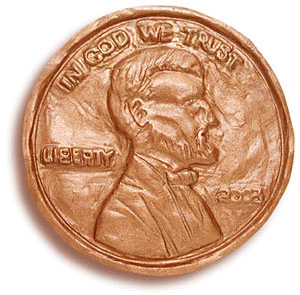-
Using the One Proportion applet below (or here) or follow the link to open in its own window:
- Keep the Probability of heads set to 0.5.
- Set the Number of Tosses to 16 to match the number of infants in the study.
- Keep the Number of repetitions at 1 for now.
- Press Draw Samples. How many heads did you get?
- Uncheck the Animate box and press Draw Samples four more times, do you get the same number of heads each time?
- Now change the Number of repetitions to 995 and press Draw Samples, to produce a total of 1000 repetitions of this random process of tossing a coin 16 times.
(g) In your lab report, include a screen capture of these results (show the inputs and the graph).
(h) So when the choices are being made 50/50, where is the distribution of number of successes centered? Explain why this makes sense.
(i) Based on the dotplot, what are the most reasonably likely or typical outcomes for the “number of successes” (give a range)


